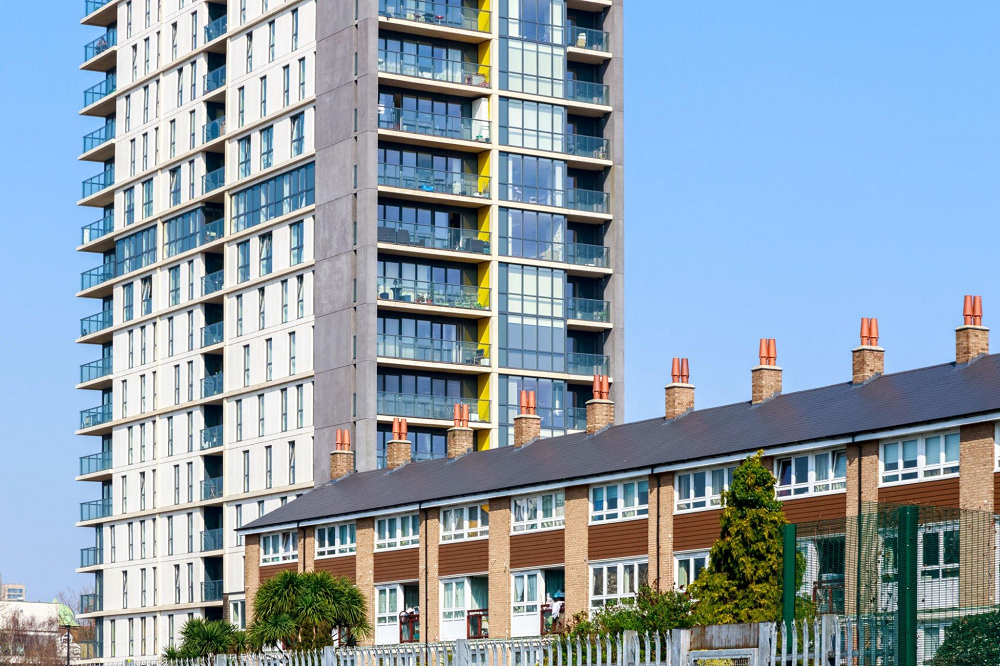Cladding refers to the outer skin(s) applied to multi-story, skyscrapers or high-rise buildings in order to improve thermal energy efficiency and improve aesthetics without degrading their weather resistance.

Image Credit: https://www.istockphoto.com/photo/insulation-of-the-walls-of-a-multi-storey-building-thermal-insulation-of-the-gm1331983243-414965094?phrase=Cladding
The building’s structural integrity is not reliant on the cladding component because it does not carry any weight. Cladding can be added to a traditional masonry-built building that already exists or it can be incorporated into the design of any new building.
Cladding Consulting Ltd. was founded to help the vast majority of leaseholders who reside in structures that are now deemed dangerous because they have combustible material on their exterior wall systems. You can visit the website www.claddingconsulting.co.uk to know more about the services.
But fortunately, facade cladding is a fully secure solution if you make proper decision. Making the appropriate decisions will be made easier if you are informed.

Image Credit: https://www.istockphoto.com/photo/construction-of-a-residential-apartment-building-covering-insulation-process-gm1281319186-379391096?phrase=Cladding
The dangers of cladding a facade with any combustible material
When a fire breaks out in a high-rise or high-risk building, the effects can be particularly severe if flammable materials were employed in the insulation or facade cladding.
The chance of a fire spreading to another floor or room increases when combustible materials are present. As a result, the fire may spread and the building’s exits may become inaccessible, trapping occupants within.
Combustible materials and smoke formation
More fire-related deaths result from smoke inhalation than from actual fires. When they burn, all flammable materials release some smoke. Depending on the substance, the amount of oxygen present, and the length of the burn, a toxic amount of smoke will be released.
Smoke will emanate from the first items to catch fire, which are frequently furniture, electrical equipment, and other room contents, in the early stages of a fire before flashover.
The volume and toxicity of the smoke produced by the fire both rise significantly as it spreads and approaches the flashover point.
The room’s contents and flammable building components are then consumed by the fire. If the fire escapes through windows, this also applies to the exterior of the structure.
As a result, the fire spreads and produces more smoke. Residents will be in danger even if they are far from the fire’s origin as the fire and smoke spread throughout the structure and up the facade.

Image Credit: https://www.istockphoto.com/photo/english-traditional-terraced-houses-contrasted-with-a-modern-high-rise-flats-gm681178652-124869913?phrase=Cladding
What are the different types of cladding?
There are many different cladding choices, from more conventional glass curtain walls to metallic rainscreen systems to more traditional-looking rendered or masonry systems.
A wide range of materials such as metal, wood, brick, and even vinyl can be used to create cladding panels. These panels are frequently combined with composite materials, such as wood, aluminium, recycled polystyrene, rice straw fibres and wheat as well as blends of cement.
The following are 2 types of cladding that had fire incident and must be avoided.
Aluminium composite material
Two aluminium skins are bonded to a non-aluminium core to create these façade panels, which are frequently used as thermal insulators.
High pressure laminate
These concealment panels are made by pressing layers of wood fibres or paper into a resin that is then heated at a certain temperature to form a bond.
